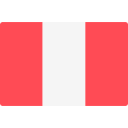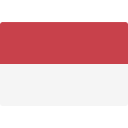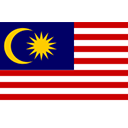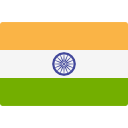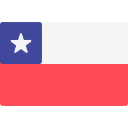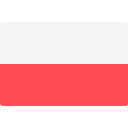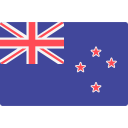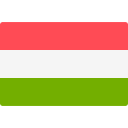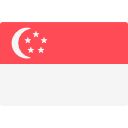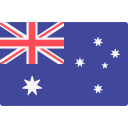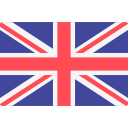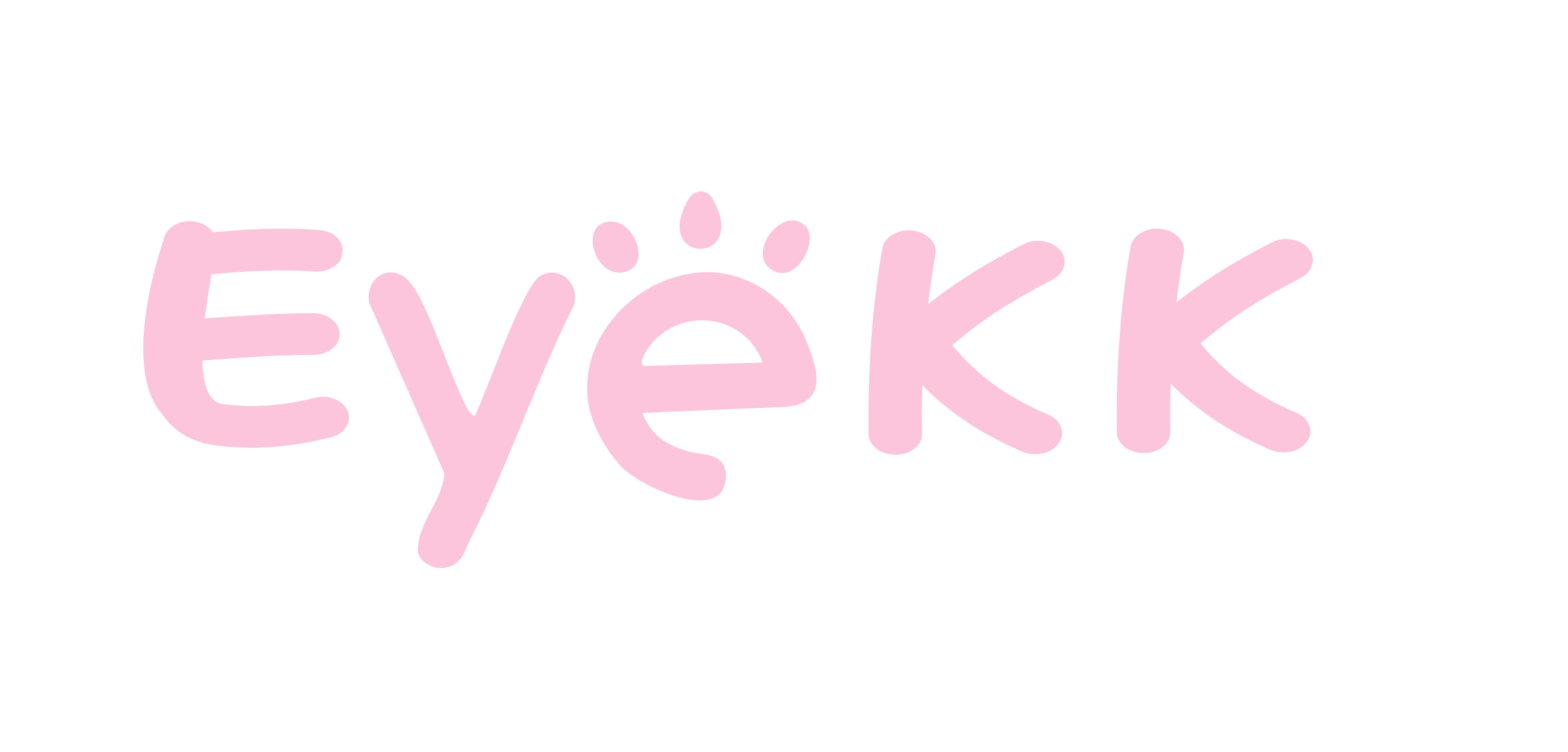Do Contact Lenses Expire? Everything You Need to Know
What Does “Expiration Date” Mean for Contact Lenses?
Contact lenses aren’t just beauty or vision accessories — they’re medical devices, and like all medical products, they come with a shelf life.
The expiration date printed on your contact lens packaging is there for a reason. It marks the point at which the lens material and the sterile saline solution it’s stored in may no longer be guaranteed safe or effective. After this date, the manufacturer can no longer ensure:
-
The lens is free from contamination
-
The integrity of the packaging remains intact
-
The lens will perform as expected in terms of comfort, clarity, and safety
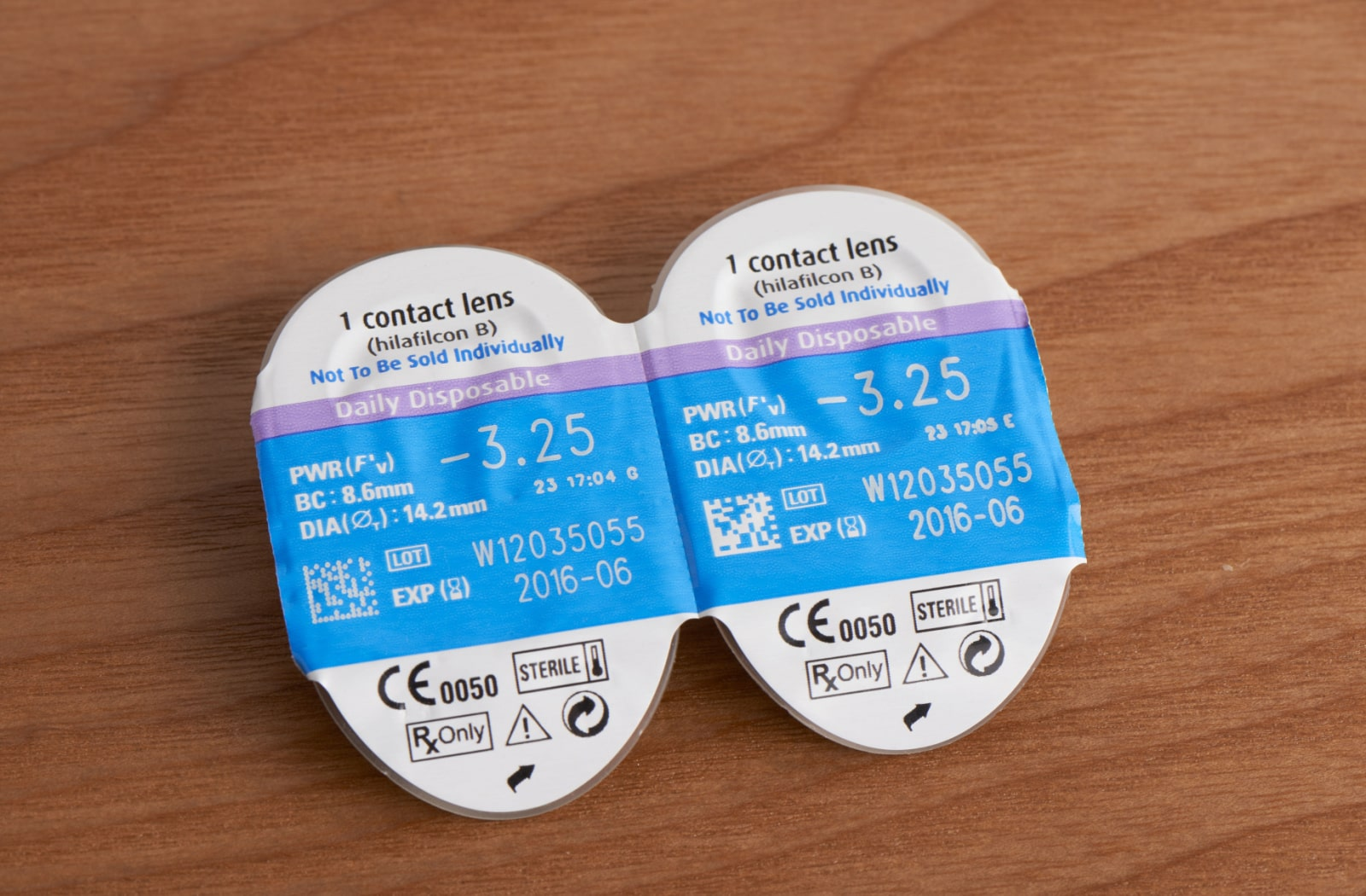
Even if the blister pack appears sealed, chemical degradation or microscopic breaches over time can affect sterility.
💡 Tip: Contact lenses typically have an expiration date 3–5 years from their manufacturing date — but always double-check the box or blister pack!
Why Using Expired Contact Lenses Can Be Dangerous
Wearing expired contacts isn’t just a bad idea — it’s a health risk. Here's why:
🔸 1. Risk of Eye Infections
The sterile saline solution inside the packaging may lose its ability to keep the lens bacteria-free. Once that’s compromised, inserting the lens into your eye could lead to serious infections like keratitis or conjunctivitis.
🔸 2. Lens Material Breakdown
Over time, the polymers used in lenses can degrade. This may result in:
-
Lenses drying out
-
Becoming brittle or warped
-
Reduced oxygen permeability
That means they might feel less comfortable or not fit correctly, which could scratch or irritate your eye.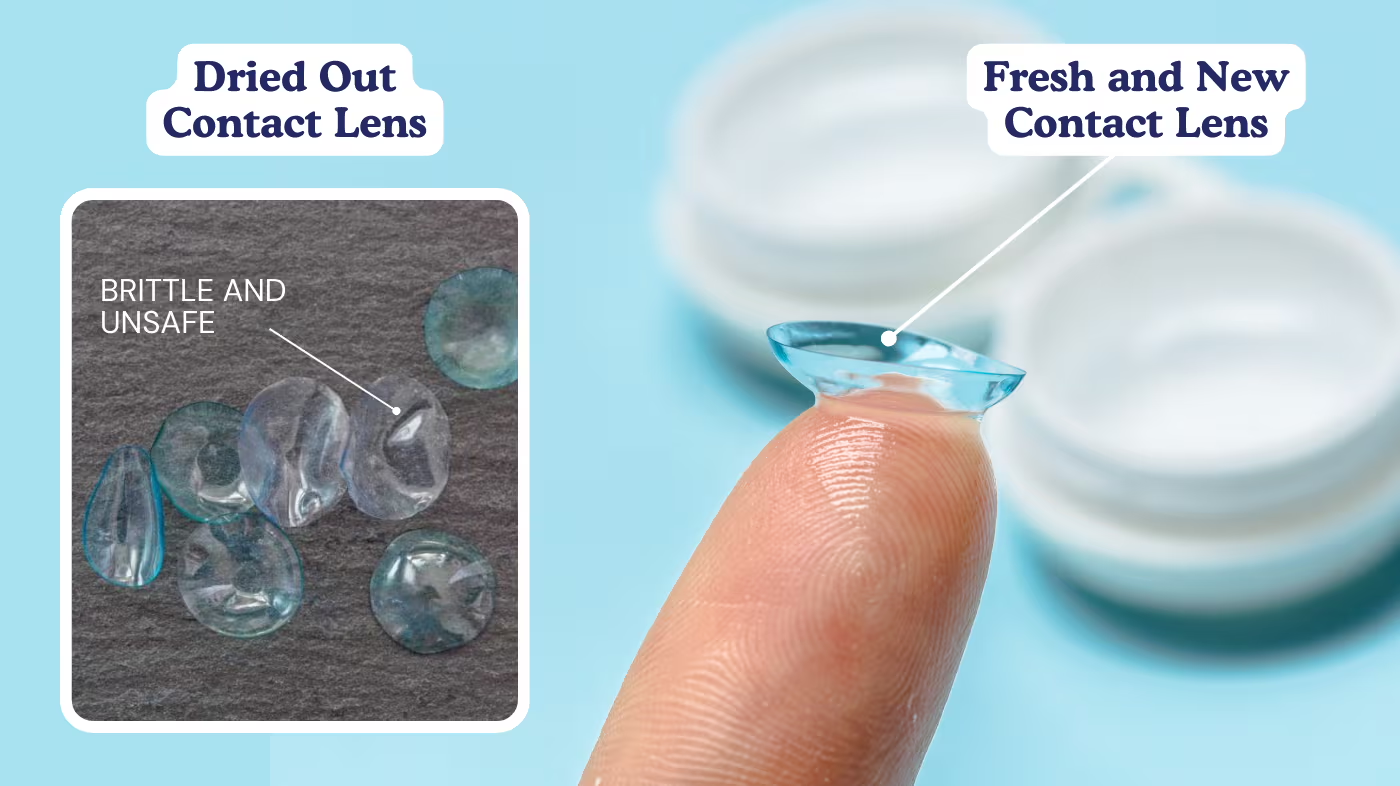
🔸 3. Weakened UV or Color Effects (For Colored Lenses)
If you wear colored or cosmetic lenses, the pigment layer may fade or break down over time. Not only can this change the look, but degraded pigments could also leach into your eye — which is unsafe.
⚠️ Bottom Line: No matter how tempting it is to use an old pair — don't. If they’re past their date, throw them out.
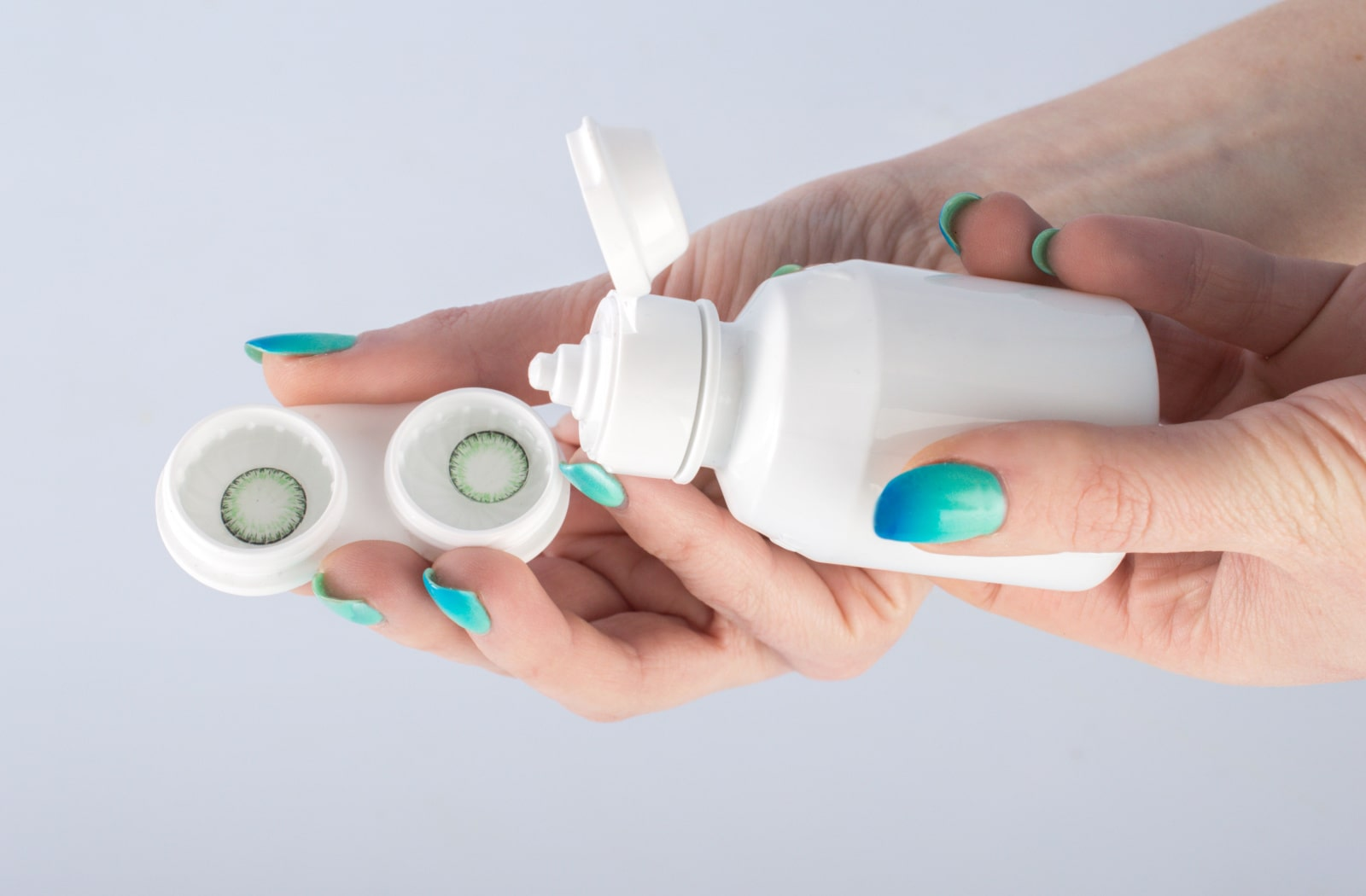
How to Store and Track Your Contact Lenses Safely
✅ Storage Tips for Unopened Lenses
-
Keep in a cool, dry place — not your car, bathroom, or anywhere with temperature swings
-
Avoid direct sunlight and moisture
-
Don’t remove lenses from their original blister packs unless ready to use
✅ Tracking Expiration Dates
-
Check the box or the foil seal — the format is usually YYYY-MM
-
Set calendar reminders for annual clean-outs
-
If you wear multiple styles (daily vs. cosplay vs. prescription), label them clearly
✅ Know When to Replace Opened Lenses
Once opened, lenses have usage durations too:
-
Daily lenses: discard after one wear
-
Monthly lenses: good for 30 days from opening
-
Yearly lenses: up to 12 months, but only with proper care and storage
📦 Pro Tip: If you’re unsure about a lens batch or received old stock from another store, contact customer support. A trustworthy brand will gladly help or replace.
Final Thoughts: Don’t Take Chances With Your Eyes
Your eyes deserve the best. Using expired contact lenses isn’t worth the risk — discomfort, blurry vision, or infections can easily be avoided by checking the expiration date and storing your lenses properly.
At EyeKK, we always send out fresh, FDA/CE-certified lenses with full shelf life. If you ever have questions about your lens safety, comfort, or expiration date, our team is here to help.
👁️ Remember: When in doubt, throw it out.
FAQs
Q: Can I wear contact lenses that expired 1 month ago?
A: It’s not recommended. Even if the lenses look fine, the sterility can’t be guaranteed. Always prioritize eye health.
Q: Do colored contact lenses expire faster?
A: No, colored lenses don’t expire faster — but their pigments may break down over time. Follow the printed expiration date.
Q: Where can I find the expiration date on my contacts?
A: Usually printed on both the box and each individual blister pack, in the format YYYY-MM or MM-YYYY.




